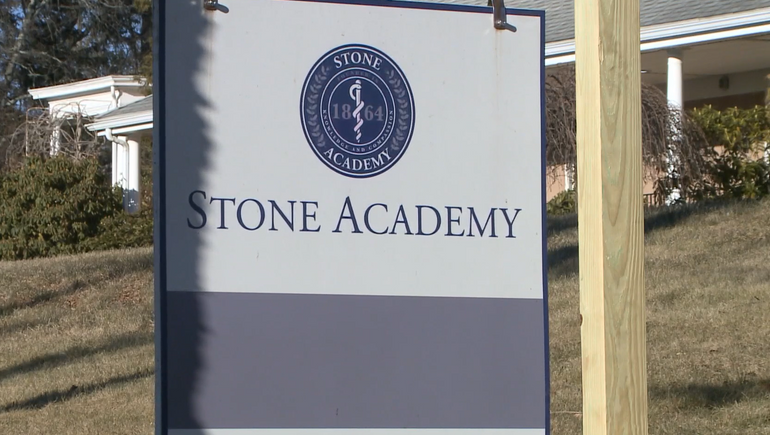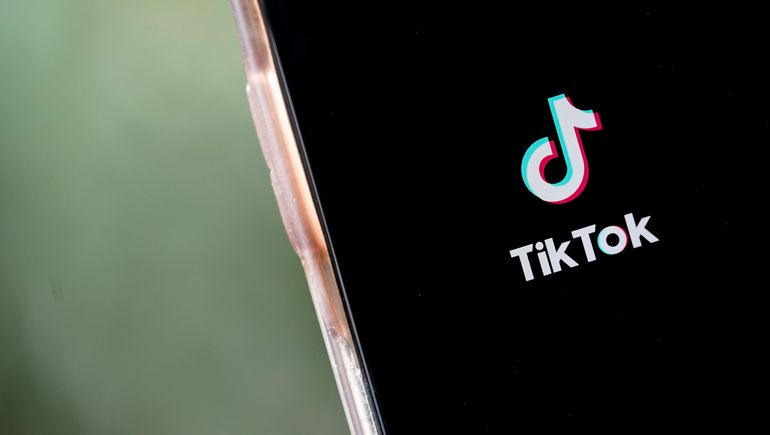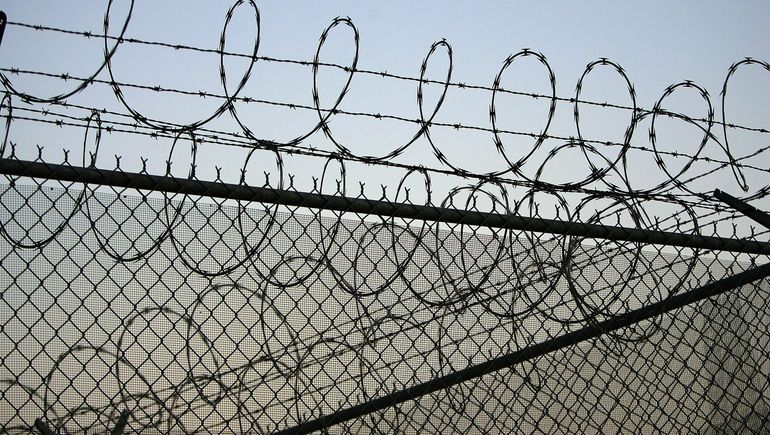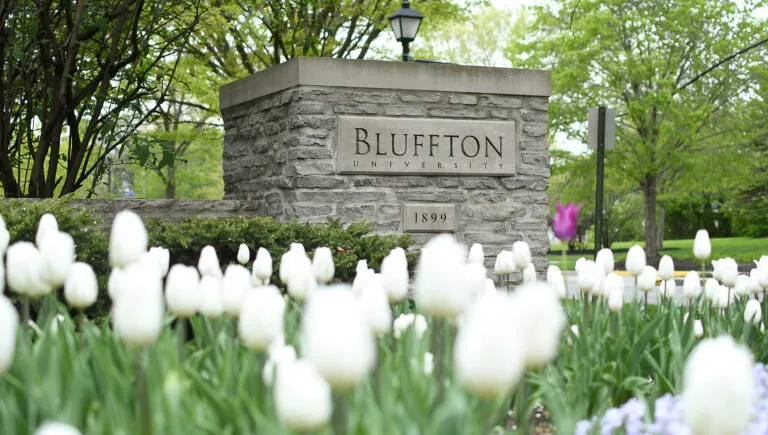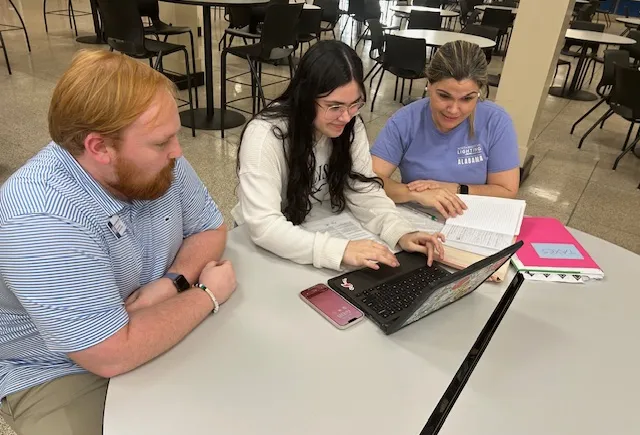[ad_1]
Dive Brief:
- Two credit rating agencies are somewhat divided in their outlooks for U.S. higher education in 2024, with one arguing the sector has stabilized, while the other forecasts tough economic conditions for less selective, regional colleges.
- Revenue growth from sources like tuition and state funding looks promising, Moody’s Investors Service argued in an analysis Thursday. S&P Global Ratings, however, said Thursday that only highly selective institutions will enjoy student demand and healthy balance sheets. Their less selective counterparts face enrollment declines and credit pressures in turn, S&P said.
- Both organizations agreed that labor shortages and similar challenges will squeeze colleges next year. Higher ed is contending with a boom in union activity, while widespread faculty tenure “remains a unique sector risk, limiting budget and operating flexibility,” Moody’s said.
Dive Insight:
Moody’s prediction of a stable industry will likely raise eyebrows as colleges — from prominent publics to obscure privates — draw headlines for dropping academic programs and faculty.
A rivaling agency, Fitch Ratings, said recently it expects deteriorating sector conditions and predicted consolidation will persist as institutions attempt to align offerings with student and employer interests.
But Moody’s argues gains from multiple revenue sources will materialize. A recent enrollment uptick will modestly improve net tuition revenue, while public colleges will benefit from a likelihood of strong state investments, it said.
Undergraduate enrollment grew 2.1% and graduate enrollment rose 0.7% year over year, according to preliminary fall 2023 enrollment data from the National Student Clearinghouse Research Center.
Meanwhile, high costs will slow down “as the benefits of easing inflation accrue and operations return to normal,” Moody’s said.
“With wages now aligned to market rates and employee head counts at desired levels, labor cost increases will moderate,” it said. “Cooling inflation will likely similarly slow growth in other expenses, such as utilities, supplies and materials, and insurance premiums.”
S&P had a different take.
It said in its analysis that enrollment hasn’t recovered evenly among colleges, with many still wanting for students. Demographic challenges continue to shrink colleges’ applicant pools, with a significant “cliff” predicted in the next couple of years — a decline in the number of traditional-age college students caused by low birth rates during the Great Recession.
Operating margins for fiscal 2024 will weaken because of tuition revenue pressures and rising expenses, including from pay and financial aid increases, according to S&P.
Fundraising has also lessened “and investment market volatility remains a question mark,” the agency said.
But less selective institutions will feel the pinch the most. Many of these colleges already were staring down enrollment declines and deepening budget deficits, it said.
It identified other factors that could bruise colleges — quickening turnover of college presidents, skyrocketing insurance costs, and more frequent and sophisticated cyber attacks.
Colleges remain a popular target for cyber warfare, though S&P said it has “not observed long-term operational or material financial impacts to credit quality due to cyber risk mitigation plans, including cyber insurance.”
[ad_2]
Source link



